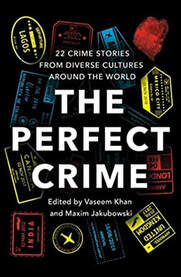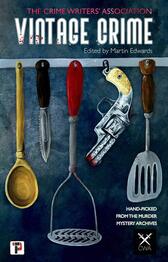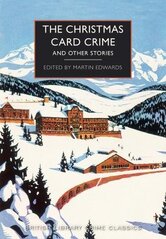
With the new collection The Hypnotic Tales of Rafael Sabatini, crime and mystery fiction fans have another opportunity to discover this writer’s work. Editor Donald K. Hartman collects two intriguing long stories here, both featuring Roger Galliphant, a medical man with a keen interest in the power of hypnosis on human subjects. Galliphant is introduced in “The Avenger”, originally published in Gunter’s Magazine in March 1909 (that issue’s cover promises “Up-to-date Stories of Romance & Adventure”).
This tale begins with our narrator, an amusingly obtuse Watson figure named Martin Scholes, doubting the veracity of the events presented in the (real-life) stage sensation Trilby. It is from this play adapted from George Du Maurier's novel, Hartman’s helpful introduction explains, where the master power manipulator Svengali originates. A demonstration of hypnotism on their friend Frank Voysey makes Galliphant conclude that someone else is dangerously manipulating the man through his subconscious.
Two mysterious deaths within Voysey’s family – including one cousin’s somnambulistic fall from a high tower hill – makes Galliphant suspect James Chester of exerting a Svengali-like evil influence over his unknowing subjects. Chester has a deep (and likely dark) interest in the study and application of hypnosis, and he also gains an inheritance if a few of his relatives are conveniently removed. The battle of wills that follows between Galliphant and Chester drives the rest of the story, as do the conceptual-turned-literal notions of morality and justice.
In my opinion, “The Dream” works even better as a study in suspense. In this second novella, first published in 1912, Roger Galliphant is asked to help the troubled protagonist Francis Orprington, an ex-soldier disturbed by a realistic dream in which he kills his father in a frenzy. Upon awaking, however, it is not Orpington who has been killed but Stanley Bickershaw, his cousin. When Galliphant realizes that another lady of the house, Major Orpington’s love interest, also shows signs of being under a hypnotic spell, he is able to regress her mind to a point where she can unlock some important details and shine light on the Major’s strange dream and lethal intentions.

This collection is the third in a series edited by Donald K. Hartman and published by Themes & Settings in Fiction Press. The earlier volumes are also well worth seeking out, and reviews and an overview of the stories can also be found on my blog: Death by Suggestion (2018) and The Hypno-Ripper (2021). Crippen & Landru Press also released an anthology of Rafael Sabatini crime stories in 2006, called The Evidence of the Sword.



 RSS Feed
RSS Feed